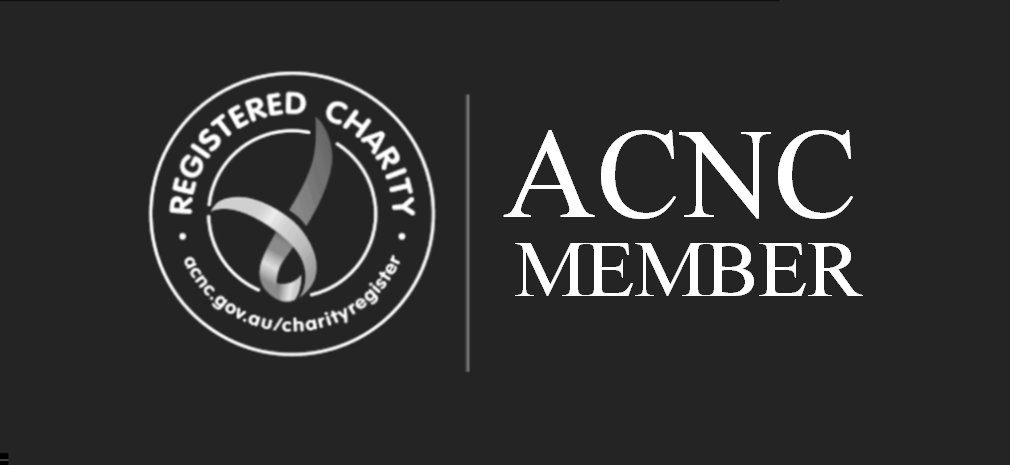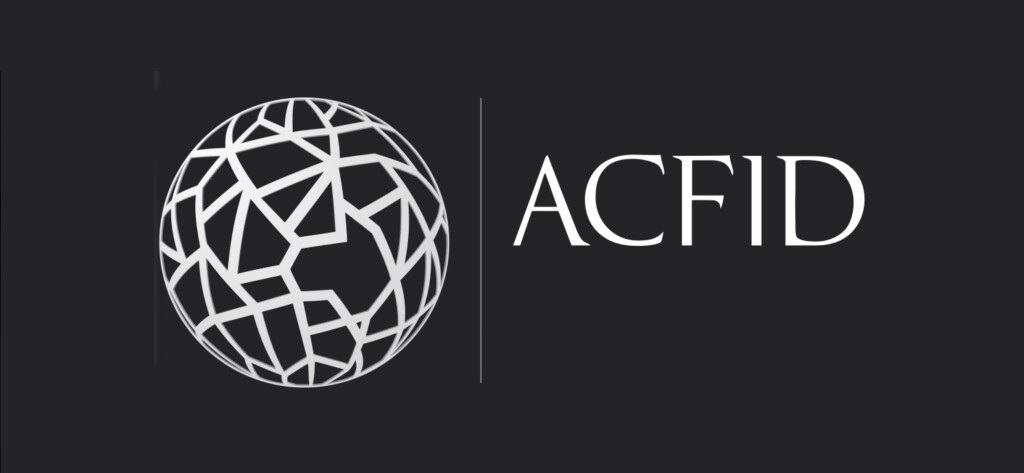.
Commitment 2.4 We promote the empowerment of people with disabilities.
Compliance Indicators
Compliance with the Commitments will be assessed against the following Compliance Indicators. All of the applicable Compliance Indicators must be met by every ACFID Member to be considered compliant with the Code. Each of the Compliance Indicators has one or more compliance Verifiers. Verifiers are the description of evidence that is required to substantiate compliance with each Compliance Indicator. Guidance is also provided.
2.4.1 Members demonstrate an organisational commitment to the inclusion of people with disabilities.
Verifier
Policy, statement or guideline document that commits the Member to the inclusion of people with disabilities.
Guidance
An example statement on inclusion of people with disabilities from an ACFID Member that would satisfy this indicator is provided below:
“In everything we do, CBM strives to work for and with people with disability, to promote their human rights and empowerment. Both in Australia and overseas we’re working with many government bodies and development agencies, to promote the importance of inclusion of people with disabilities and to ensure a political commitment to disability in aid and development activities.”
2.4.2 Members’ planning process includes consultation with people with disabilities and contextual analysis of the barriers to social inclusion and participation.
Verifier
Design or planning framework, tools, templates which require or approaches which consistently show evidence of consultation with people with disabilities and contextual analysis of the barriers to social inclusion and participation.
Guidance
Design or planning framework, tools or templates could include the use of an activity design template and activity appraisal/assessment template which require the explicit analysis of needs of people with disabilities in the community or organisation. These tools should include prompts to ensure the analysis includes the perspectives of those marginalised due to disability, and consideration of barriers to their inclusion. Planning approaches should involve direct consultation with people with disabilities and disabled person’s organisations (DPOs) and contextual analysis of the barriers to inclusion and participation.
2.4.3 Members promote opportunities for people with disabilities and/or their representative organisations to participate in decision-making.
Verifier
Development and humanitarian initiatives consistently show evidence of people with disabilities and/or their representative organisations participating in decision-making about the initiatives that affect them.
Guidance
Approaches which promote opportunities for people with disabilities to be included in policy and program related decision-making could be incorporated throughout design, implementation and monitoring and evaluation. Strategies that seek to promote these opportunities include: consulting local disabled people’s organisations; tailoring approaches to include people with physical impairments, unseen or undisclosed impairments, psychosocial or intellectual impairments; including people with disabilities or a DPO on the design or monitoring and evaluation teams; and employing people with disabilities.
2.4.4 Members monitor and evaluate their progress in promoting the empowerment of people with disabilities.
Verifier
Monitoring and evaluation framework, tools, templates which require or approaches which consistently show evidence of the assessment of progress in promoting empowerment of people with disabilities.
Guidance
Monitoring and evaluation approaches could include consultation with DPOs, the collection of data that disaggregates for people with disabilities, and dedicated analysis on how the initiative has promoted the empowerment of people with disabilities.
Monitoring and evaluation frameworks may have a set of output or outcome indicators that explicitly relate to progress in promoting empowerment of people with disabilities. Monitoring tools, or templates could include explicit sub-sections that prompt analysis of the extent to which the initiative has worked with people with disabilities, employed strategies to promote the participation of people with disabilities, and provided opportunities to empower people with disabilities. The analysis of the empowerment of people with disabilities could be included as a dedicated inquiry area in evaluation terms of reference.
Good Practice Indicators
The following Good Practice Indicators describe a higher standard of practice than that set out in the Compliance Indicators. While Members do not need to meet the Good Practice Indicators to be considered compliant with the Code, they will self-assess against these indicators once every three years. This provides a clear pathway for Members to strengthen and improve practice over time.
- Disability inclusion focal person in place.
- Activities focused on the promotion of rights and inclusion of people with disabilities are supported.
- Training for key personnel and partners which covers disability inclusion issues and the rights articulated in the UN Convention on the Rights of Persons with Disabilities (CRPD) is provided.
- Activities that build the capacities of disabled people’s organisations (and other groups with disabilities) to advocate for the fulfilment of the rights articulated in the CRPD are supported.
- The principles of disability inclusivity are promoted in communications with the public/external stakeholders.
GUIDANCE AND RESOURCES
Good Practice Guidance
Here are some practical suggestions for your organisation to further deepen and improve practice over time.
Organisational and policy
- Include disability as a priority issue in organisational development, policy dialogue, communications, negotiations and partnerships
- Identify and address barriers to ensure persons with disabilities have equal access to the physical environment, transportation, information and communications systems, and to other public facilities and services in both urban and in rural areas
- Prepare and implement an affirmative action plan to include people with disabilities as staff members
- Advocate for the rights of persons with disabilities such as to local and national governments on institutional or policy barriers that prevent full inclusion of persons with disabilities
- Mainstream disability in all sectors (including education, health, livelihoods, water and sanitation and disaster management), and include people with disabilities in line with the human-rights based approach and the rights articulated in the Convention on the Rights of Persons with Disabilities (CRPD)
- Recognise the central role that people with a disability play in representing their own interests and priorities; and accordingly develop and support partnerships with Disabled People’s Organisations in developing countries which play a vital role in giving people with disability a voice
- Support initiatives to reduce the stigma that surrounds disability, which can be one of the largest barriers to full participation in community and economic life
- Promote initiatives for economic empowerment and access to economic opportunities for people with a disability
- Recognise that the lived experiences and perspectives of people with disabilities are diverse and will vary according to age, gender, class, caste, impairment type and other factors. Better understanding of this will contribute to effective approaches, which will differ in different contexts.
Programs
- In the design phase of any initiative, analyse the experiences of those with and without disability for that particular context
- Take into account the interaction of gender and disability which means that discrimination, access and inequalities may be different between men and women, girls and boys, family members and carers
- Use a strengths-based approach, focusing on the abilities, strengths and priorities of people and organisations, and their efforts to achieve self-reliance
- Promote and enable the active participation, inclusion and contributions of people with a disability through the whole project cycle including:
- Inclusion of people with a disability into programming guidelines
- Developing program document templates for inclusion
- Specific budget allocation to disability inclusion
- Complement programs or initiatives with targeted, additional support and services to empower people with disabilities (such as programs that focus on children with a disability) and provide them with equal access and opportunities to empower them. Working in partnerships or through referral networks may be useful to do this.
Resources
- Collecting & using data on disability to inform inclusive development
- Convention of the Rights of Persons with Disabilities
- DFAT Development for All 2015-2020
- Disability and International Development
- Disability Inclusive Development Practice Note 2015
- Disability Inclusive Development: A Practical Guide ADDC
- Incheon Strategy “Making the Right Real” for persons with disabilities in Asia and the Pacific.
- Including the rights of persons with disabilities in UN programming at country level
- Inclusion Made Easy – CBM
- Resources for Disability Inclusive Development
________________________________
DAISI’s Commitment to Principle 2.4 EMPOWERMENT OF PEOPLE
- DAISI promotes the empowerment of people with disabilities with a DISABILITIES SUPPORT OFFICER, and the development of the following governing policies to ensure their inclusivity:
- DAISI members demonstrate an organisational commitment to the inclusion of people with disabilities.
- DAISI is committed to the United Nations policies on the rights or persons with disability.
- DAISI activities must include a focus on disability rights, and inclusion of people with disabilities.
- People with disability are often more marginalised in the South Pacific due to limited resources, therefore there must a a greater effort of inclusivity for this marginalised group in DAISI activites.
- All DAISI planning process must includes consultation with people with disabilities and contextual analysis of the barriers to social inclusion and participation.
- DAISI promotes providing opportunities for people with disabilities and/or their representative organisations to participate in decision-making.
- DAISI is committed to monitoring and evaluating progress in promoting the empowerment of people with disabilities.



